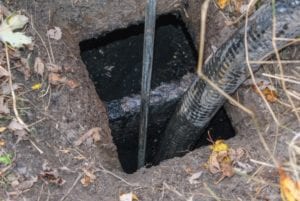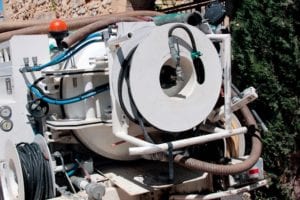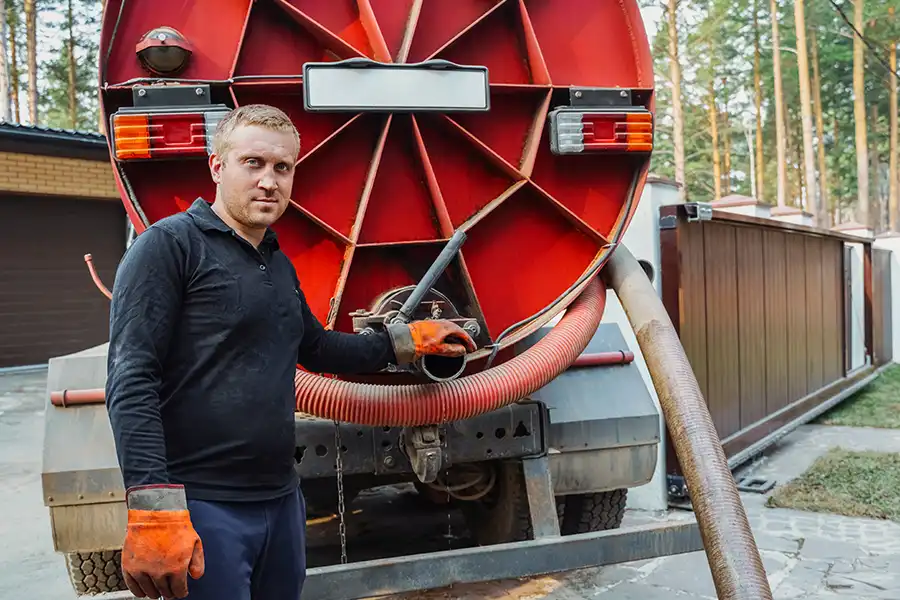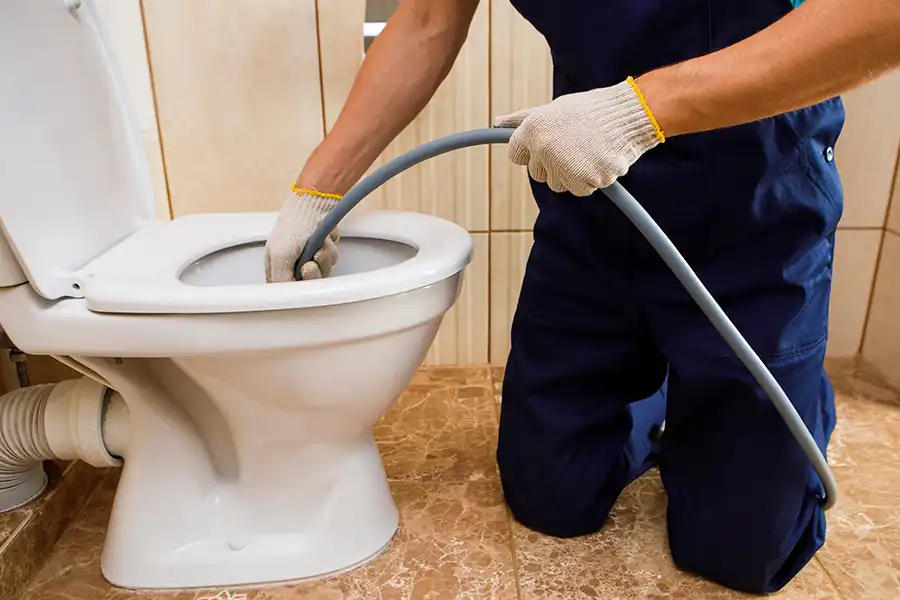How Septic Tank Pumping Works
It may seem as if your septic system can just operate by itself, but this is definitely not the case. For your septic tank to work properly, it needs to be pumped on a regular basis, ideally every three years. Here’s a brief rundown on the process of septic pumping.
Locating the Access Lids
Your technicians won’t be able to get into your septic tank without first finding the access lids. Typically, access lids reside six to twelve inches below the surface, and once located and exposed, the technician can prepare the tank for maintenance.
Analyzing Liquid Level
The liquid level with the septic tank can tell the technician a lot about how well the septic system is operating. For instance, if the level of the liquid is below the outlet pipe, your tank may be suffering from a leak. If it’s noticeably higher than the outlet pipe, then there might be a disruption in the pipe to the drain field or a faulty pipe itself. Once these issues are taken into consideration, the pumping can take place.
The Pumping Process
Lowering the hose into the access hole, the technician will attach the other end of the hose to the powerful pump located on their truck. Powering the pump on will remove the solid and liquid waste out of the tank and into the truck’s container. While this is taking place, the technician will be mindful of how the outlet pipe is performing. If there is any backflow out of the pipe, there may be an issue with your septic system that will have to be fixed. A significant amount of backflow could be an indication that there is a drain field backup, while a small backflow could be a sign that there’s a sagging pipe in the drain field. Hopefully, there will be no evident backflow coming from the outlet pipe.
Cleaning the Tank
Once most of the pumping is complete, the technician will utilize a tool known as a septage spoon to backflush the tank. This is done in an effort to loosen up the sludge that resides in the corners of the tank and then removing it. Finally, the technician will spray the walls of the tank to remove the last vestiges of waste and sludge.
Inspection
Finally, the technician will inspect the tank for any leaks, structural damage, damaged baffles or cracks. If any problems are spotted, they will make recommendations on what’s required for repair. Once the inspection is complete, the technician will close the access lids and reapply the six to twelve inches of soil to cover the lids, thus completing the process.
As you can see, pumping is more than just removing waste. It’s an essential part of an examination of the whole septic system. Only by pumping will you know if your tank is performing at its best. If you haven’t had your septic tank pumped in more than three years, call Sewer & Septic Specialist at (217) 855-5622. We’re the leader in septic cleaning in Decatur, IL, and you can count on us to make sure your septic system is working the way it’s supposed to. Give us a call today!









